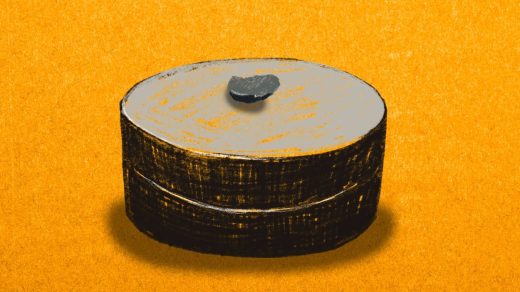What is LK-99? What we know so far about the much-hyped potential superconductor
LK-99 could change the world. Or it could be the internet’s latest case of much ado about nothing.
Scientific claims about the material—that it is a potential superconductor that works at room temperature and ambient pressure—have sparked a lot of excitement on Hacker News, X, Reddit, and other geeky corners of the online world.
If you’re looking to play catch-up with what could be the biggest scientific breakthrough of the past 75 years—or a hoax—here’s a primer on why it’s significant and where things stand.
What is LK-99?
A paper from scientists in South Korea claimed to synthesize a superconducting material that worked at room temperature. This was dubbed LK-99 (after the paper’s authors Sukbae Lee and Ji-Hoon Kim, who have quietly been working on this since 1999). The material is made from a combination of lead, phosphorus, and copper.
The researchers say the resulting material is a superconductor, based on how it responds to exposure to magnetic fields.
Why should I care about LK-99?
If LK-99 is truly a room-temperature superconductor, it could open a new world for electronics—and could also potentially have a positive impact on the climate crisis. Electricity could be conducted without resistance, significantly reducing greenhouse gas emissions, and making the long-distance transmission of solar or wind energy much more viable.
It could also bring about science-fiction-like devices like a desktop quantum computer and levitating trains. A true room-temperature superconductor, in short, could revolutionize the world of electronics and usher in a new era of innovation.
Has LK-99 been scientifically verified?
Not yet. The papers have not been peer-reviewed, which automatically makes scientists skeptical. That said, many researchers and labs have been using the papers to attempt to replicate the results in their own labs.
On Tuesday, a team in China claimed it had synthesized the material, which caused another spike in excitement, but again those results were not peer-verified. And Twitter user Andrew McCalip, who builds space capsules as his day job, has turned a lot of heads with his attempts to replicate the results live on social media. His timeline currently indicates that he’ll be closer to knowing the results on Friday. He has warned followers, though, to temper their expectations, writing, “Reminder that this first attempt WILL PROBABLY NOT WORK. . . . The very first step of replication is to show that the correct form/composition material is created when the specific recipe is run.”
Physicists are also warning not to put too much faith in those livestreamed attempts to replicate the material.
“One of my tangential takeaways on this LK-99 SC claim is that the general public seems oddly pumped about how ‘easy’ the 4-day, multistep, small batch, solid-state synthesis is. Some of you haven’t had blisters from overusing your pestle and it shows,” tweeted Jennifer Fowlie, a condensed-matter physicist at SLAC National Accelerator Laboratory.
Why are people skeptical about LK-99?
The old axiom about “if something sounds too good to be true, it probably is” comes to mind. Ambient-temperature superconductors have been one of science’s most-sought-after goals for decades. So just claiming to have discovered it is grounds for skepticism, especially without peer review—and especially when the paper’s authors are not well known in the field.
More specifically, though, the papers are short on detail—and the researchers haven’t responded to requests for comment from many scientific publications. The data has been called “sloppy,” and Michael Normal, a theorist at Argonne National Laboratory told Science magazine: “They come off as real amateurs. They don’t know much about superconductivity and the way they’ve presented some of the data is fishy.”
Even if LK-99 does turn out to be the real breakthrough everyone is hoping it could be, Sidney Perkowitz, professor emeritus of physics at Emory University, says it would likely be years before there’s any sort of commercial use cases.
(42)



